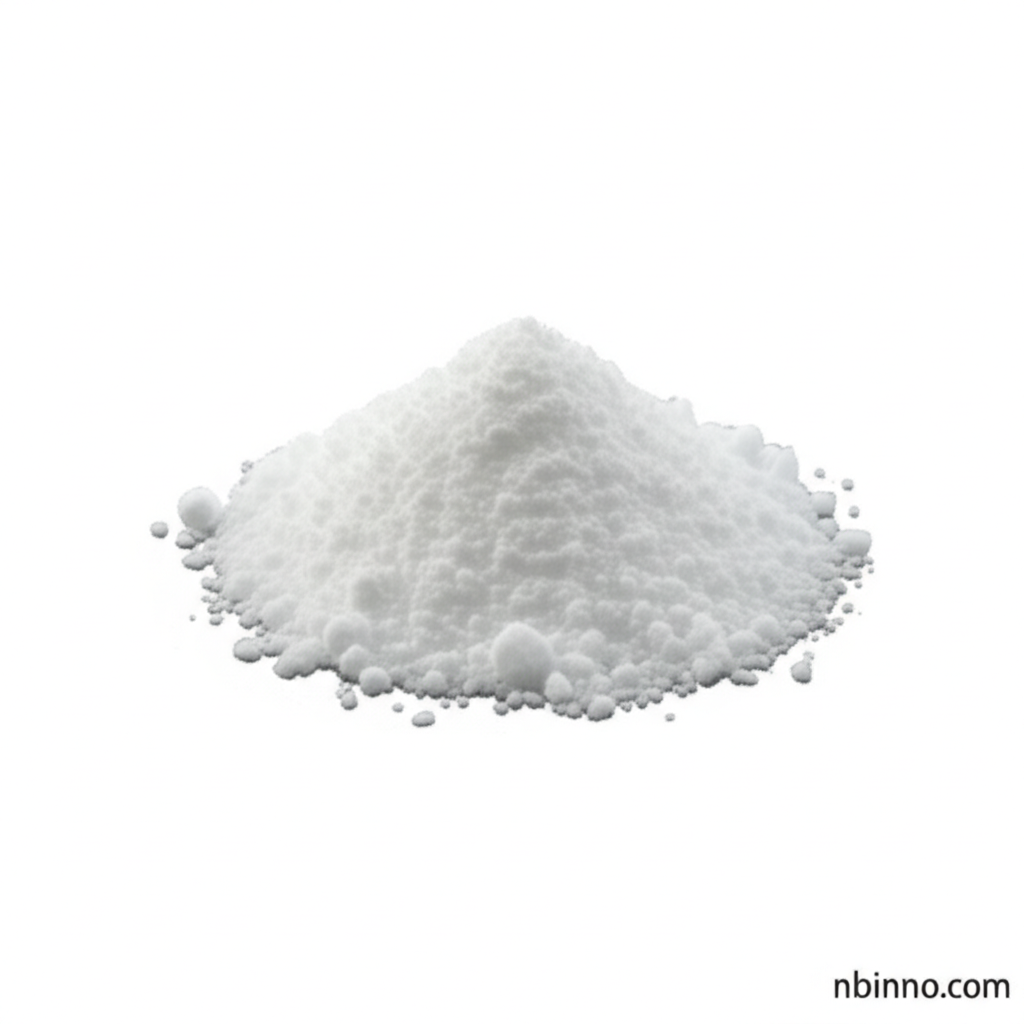Unlock the Potential of 5-Aminolevulinic Acid Phosphate: A Comprehensive Guide to its Applications and Benefits
Discover the cutting-edge uses and advantages of 5-ALA Phosphate in medicine and research.
Get a Quote & SampleProduct Core Value

5-Aminolevulinic Acid Phosphate
5-Aminolevulinic Acid Phosphate is a crucial biochemical substance that plays a pivotal role in cellular energy production and metabolic processes. It acts as a precursor for the synthesis of Protoporphyrin IX (PpIX), a potent photosensitizer with significant therapeutic and diagnostic applications. Its ability to bypass normal feedback inhibition systems allows for increased intracellular accumulation of PpIX, making it invaluable in targeted therapies.
- Explore the 5-ALA Phosphate mechanism of action to understand how it effectively triggers cellular responses for therapeutic outcomes.
- Learn about the broad 5-ALA Phosphate applications in dermatology, from treating actinic keratosis to more complex skin cancers.
- Understand the significance of photodynamic diagnosis with 5-ALA Phosphate for early and accurate tumor detection.
- Discover the anti-cancer effects of 5-Aminolevulinic Acid Phosphate, showcasing its potential in oncological treatments.
Product Advantages
Therapeutic Versatility
Leverage the benefits of 5-ALA Phosphate in medicine, including its efficacy in treating a range of conditions from psoriasis and condyloma to various forms of cancer, highlighting its therapeutic versatility.
Enhanced Diagnostic Capabilities
The unique fluorescent properties of PpIX, induced by 5-ALA Phosphate, significantly aid in photodynamic diagnosis, allowing for precise identification and localization of cancerous tissues, improving treatment outcomes.
Pharmaceutical Grade Purity
Ensuring the purity of 5-ALA Phosphate for pharmaceutical use is paramount. High purity levels guarantee efficacy and safety, making it a reliable choice for drug development and medical applications.
Key Applications
Dermatological Treatments
5-ALA Phosphate is widely used in dermatology for conditions like actinic keratosis, basal cell carcinoma, and squamous cell carcinoma. Its photosensitizing properties enable targeted destruction of abnormal cells.
Oncology
The compound shows promise in treating various cancers, including bladder cancer and oral cavity cancer. Its ability to selectively accumulate in tumor cells and induce phototoxicity makes it a valuable agent in cancer therapy.
Diagnostic Procedures
In photodynamic diagnosis (PDD), 5-ALA Phosphate is administered to help visualize tumors. When illuminated with specific light wavelengths, the accumulated PpIX emits fluorescence, highlighting cancerous areas.
Preventative Measures
Research suggests 5-ALA Phosphate can help prevent restenosis after angioplasty, showcasing its potential in cardiovascular health and post-procedural recovery.
Related Technical Articles & Resources
Why Choose Us?
Leverage our expertise and state-of-the-art infrastructure to accelerate your journey from discovery to commercial success.
Global Experience
With 20 years of R&D, manufacturing, and sales experience, we proudly serve clients across 60 countries and regions worldwide.
Advanced Facilities
Our in-house R&D laboratory, pilot platform, and large-scale production workshop are equipped to meet the audit requirements of global customers.
Seamless Scalability
We facilitate a perfect transition from small-scale lab requirements (grams) to full commercialization (hundreds of tons).
